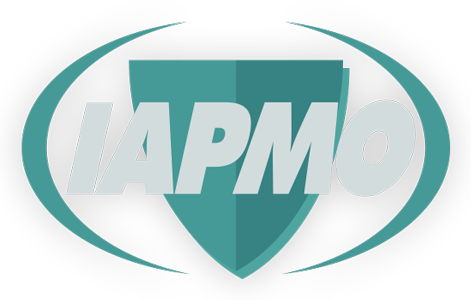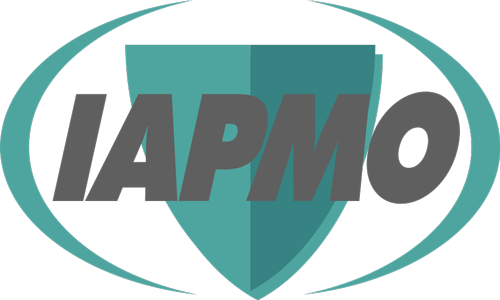SUSTAINABILITY + EFFICIENCY
Addressing water scarcity is imperative for policymakers.
Water is critical to our nation’s health, environment, security, and resilience. From both a public health and cost-savings perspective, water conservation is of the utmost importance.
Efficient plumbing fixtures alone have saved 4.4 trillion gallons of water, 522.9 billion kilowatt-hours, $87 billion in utility bills since 2006. [3]
Sources: [1] Government Accountability Office. (2014). Freshwater: Supply concerns continue, and uncertainties complicate planning. (GAO-14-43). [2] Radcliffe, J. (2004) Water Recycling in Australia, Australian Academy of Technological Sciences and Engineering, accessed January 28. 2010. [3] EPA WaterSense 2019 Accomplishments Report.
IAPMO has worked with the U.S. EPA to develop the WaterSense standards for water-saving toilets, urinals, showerheads, lavatories, flushometer valves, irrigation controllers, and spray sprinkler controllers. We have included dozens of industry-leading water- and energy-efficient provisions in the Uniform Plumbing Code (UPC) each code cycle since the 1970s.
The WaterSense® program offers consumers a simple way to make product choices that use less water, with no sacrifice to quality or product performance.
Solutions for communities to maximize water efficiency have not kept pace with innovation. WE•Stand, the Water Efficiency and Sanitation Standard model code from IAPMO changes that by bringing forward the most advanced measures for efficiency, including the use of alternate water sources.
WE•Stand can be adopted by any municipality, regardless of whether they use the Uniform Plumbing Code (UPC) or the Uniform Mechanical Code (UMC).
Developed by recognized international plumbing science experts, WE•Stand is the most comprehensive water-use standard for homes and buildings. WE•Stand provides enforceable requirements for water efficiency, conservation, and reuse.
How does WE•Stand help communities?
- Smarter Pipe Sizing: This important innovation saves water, energy, labor, materials, and money. In construction costs alone, the savings from these provisions range as high as $7,000 for a single-family home and from $86,000 – $190,000 for a multifamily building. Learn more about the IAPMO Water Demand Calculator and see the energy savings feature below.
- Dedicated Metering Requirements: This supports water management and leak detection, monitoring for equipment failure and irregular water waste.
- Industry-Leading Provisions: For water-efficient plumbing design, fittings, fixtures, landscape irrigation, alternate water sources, and onsite water reuse. Communities can safely and reliably put these essential resources to work, including:
- Reclaimed water
- Stormwater
- Rainwater
- Black water
- Grey water
- Non-sewered sanitation systems
- Recirculating showers
- Vegetative roofs and walls
- Composting and urine diversion toilets
Efficient plumbing fixtures alone have saved 4.4 trillion gallons of water, 522.9 billion kilowatt-hours, $87 billion in utility bills since 2006. WE•Stand can help communities save even more!
The IAPMO Water Demand Calculator determines pipe size based on modern plumbing fixtures and appliances and usage patterns. It also enables faster hot water delivery times throughout the plumbing system, thus saving both energy and water.
The IAPMO Water Demand Calculator is embedded right in the UPC to calculate expected peak flow rates in modern residential buildings of all sizes, resulting in savings on water, energy, and material costs.
As emerging water technologies enter the marketplace, frequent and collaborative plumbing code revisions help public health departments keep pace with technology. IAPMO invests heavily in original research around pipe sizing, drain line carry, rainwater harvesting, and the impact of reduced flow fixtures.

